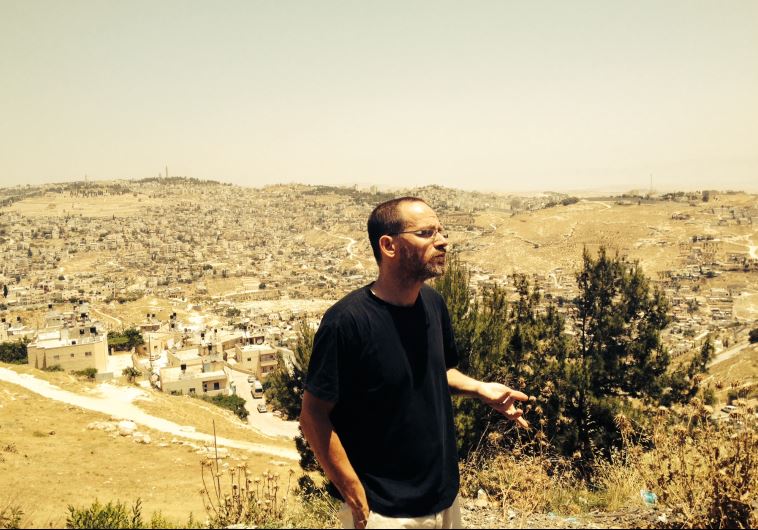Left-wing NGO contends east Jerusalem settlements block contiguous Palestinian state
Aviv Tatarsky: “Israel must stop being afraid of a strong Palestinian society in the city.”
 IR AMIM researcher Aviv Tatarsky guides journalists (photo credit: DANIEL K. EISENBUD)
IR AMIM researcher Aviv Tatarsky guides journalists (photo credit: DANIEL K. EISENBUD)